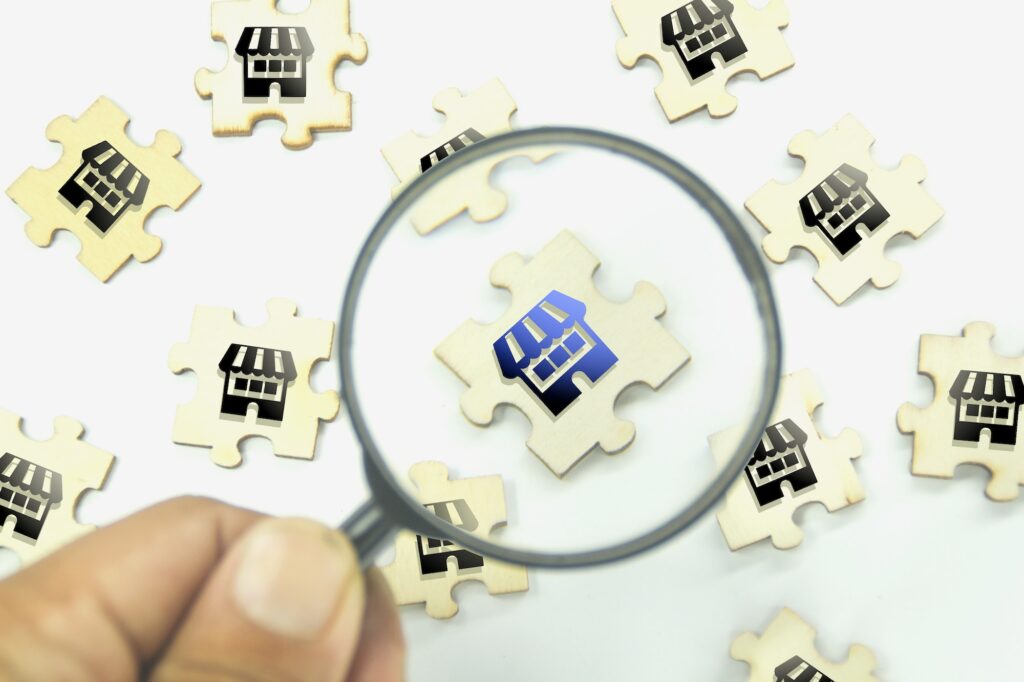Introduction
A dropshipping store is no different from any other business venture; there are a few key elements that you need to prioritise and keep on top of if you want your business to succeed.
Unfortunately, the dropshipping concept is often marketed as a great way to earn passive income, and many new entrants are under the illusion that their dropshipping store will “run itself.”
You may not need to worry about manufacturing, warehousing, or physically shipping products, but operational functions still need to be taken care of.
Customer Service is key
Customer service can either make or break your business. Businesses that focus on their profits as opposed to their customer’s experience are short-sighted, and the longevity of their business will always be under threat.
Understanding the impact of bad customer service is often underestimated, but to really appreciate the impact on your business, let’s look at the following statistics:
- 89% of customers who experienced poor service will not be back.
- Customers are 2 times more likely to share their bad experiences than they are to talk about their positive experiences
- It takes 12 positive customer experiences to make up for one negative experience
- 55% of customers would pay more for a better customer experience
- A customer is 4 times more likely to buy from a competitor after experiencing a service-related issue, as opposed to a price or product-related issue.
- A 10% increase in customer retention levels results in a 30% increase in perceived company value.
- It costs 6 to 7 times more to attract a new customer than to retain an old one.
So, as you can see, customer service is integral to any successful business. From a customer service perspective, dropshipping customers are looking for the following:
- Easy to navigate store
- Simple order and payment process
- Timeous delivery of products
- Products to be as advertised
- To be kept in touch in the case of delays
- Timeous query and complaint resolution
Inventory Management
Dropshipping is all about effective inventory management, and just because you are a dropshipping business that doesn’t mean you don’t need to worry about inventory management. Inventory management can become challenging or more complex when dealing with multiple suppliers.
In dropshipping, inventory management covers 3 main aspects:
- Product data
- Suppliers inventory levels
- Order tracking
From a product data perspective, dropshipping inventory management is best described as the process of ensuring that the data from your suppliers is synced to your online store. The suppliers that you have selected will provide the relevant product data, for example, SKU codes (stock-keeping unit), product titles, descriptions, categories, quantities, costs, and images.
Although you are not physically holding your own stock, you still need to monitor your supplier’s inventory levels enabling you to provide realistic delivery times to your customers, as well as being able to process your customer’s orders timeously.
And finally, you will need to be able to view shipping data so that you can track orders and identify any problems as soon as they occur.
Marketing your dropshipping store
You don’t need to have a major marketing budget to promote your brand, but without any form of marketing, how will potential customers even know you exist?
Developing a marketing strategy has one key objective: to drive traffic to your site so that you can grow your customer base and, as a result, your sales. Differentiating yourself in an over-saturated market can be challenging but is not insurmountable.
Search engine optimisation, pay-per-click advertising campaigns, social media marketing etc, will all play a significant role in providing your business with that ought after exposure.
Automation and streamlining your processes
Automating as many processes as possible will save you time, improve efficiencies like speeding up the order process and reduce your margin for error. However, it is important to remember that automation comes at a cost that will cut into your profit margins.
Although you will be paying for these tools, they can actually land up saving you money in the longer term; for example, they remove the potential for human error like missing an order or capturing product data incorrectly.
Platforms like Shopify provide a host of tools that can save you time, allowing you to focus on growing your business.
Daily and weekly operational tasks
As with any business, standard tasks need to be taken care of so that your business runs smoothly.
Customer order management
As we mentioned earlier, dropshipping is all about inventory, making order management one of your daily priorities. This involves checking incoming orders and tracking updates and payments. When you first start your dropshipping store, this will more than likely be a manual process. But if you can afford to automate this process, it will free up your time to focus on customer service and marketing.
The order management process kicks off as soon as a customer places an order. Before you send the order through to your supplier, you will need to check whether or not they have sufficient stock to complete your order – as mentioned previously, using multiple suppliers can make this process more challenging. The order will then need to be sent to your supplier along with all the necessary details so that your supplier can fill the order and arrange for shipment.
Other aspects that you need to monitor are payments received from customers, as well as ensuring that your suppliers are paid, and finally, tracking your customers’ orders. This will need to be closely monitored so that you can ensure your customer receives their order timeously, and in the case of delays, you will need to communicate those with your customer.
Customer support
Customer support is not something that can necessarily be automated. You can automate generic emails like thanking customers for orders or acknowledging that their query is being dealt with. But attending to customer queries and complaints is something that you will need to manage. It is the only way to ensure you are providing a superior customer experience.
Customer queries and complaints need to be managed on a daily basis. No customer likes to be kept waiting; a timeous response to a query will reflect the level of service a potential customer can expect to receive from your business. And when it comes to complaints, a quick response and timely resolution can quickly make a negative customer experience turn into a positive one.
Personal communication and interaction with your customers are key – everyone appreciates the personal touch!! It doesn’t matter how far technology has evolved; when it comes to customer problems, we all like to think that a person, instead of a machine, is resolving our problems.
How efficiently and effectively you respond can turn both potential and dissatisfied customers into happy and loyal ones! Remember 89% of customers who experienced poor service will not be back!
Social media
Social media is critical for any dropshipping business as it is a great tool you can use to drive traffic to your site. It also adds to your credibility if you are active on various social media platforms like Facebook, Instagram, Pinterest, etc.
Regular posting on your platforms shows that your business is trustworthy, and you can easily create excitement and interest around your brand and products. The biggest advantage is that you can reuse content across the various platforms.
To succeed on any social media platform, you need to post original and quality content consistently. Posting every week is far more effective, and you can dedicate certain days to post to the different platforms. Your objective is to keep your brand alive!
Research
As a business, you should always be looking for growth opportunities, and research is something that you should be incorporating into your business model every week.
Ongoing research into suppliers and products is often overlooked. However, keeping up with the latest trends is crucial as this will impact which new products you should be incorporating and which ones you should consider removing.
It is also worthwhile keeping an eye on your competition because there will always be something that they are doing better than you.
Performance Monitoring
Monitoring your dropshipping store’s key performance indicators provides insights into what is working and what isn’t. This will help you understand where customers are experiencing challenges and why you aren’t converting visitors into customers.
This involves, for example, keeping an eye on how many users visit your site, monitoring at what stage they leave your site, what type of traffic leads to conversions and which products are selling, etc.
Conclusion
Running a dropshipping store is like running any other business – what you put in is what you will get out. Attention to detail is vital, as incorrect data will inevitably lead to delays and frustrated customers.
Having the right products and marketing your business is obviously very important but based on the research, customer service is what can make or break your business. Dissatisfied customers are unlikely to return and will likely give your business poor reviews.
Keep an eye out for our next article, where we delve into the common mistakes new dropshipping stores make.







